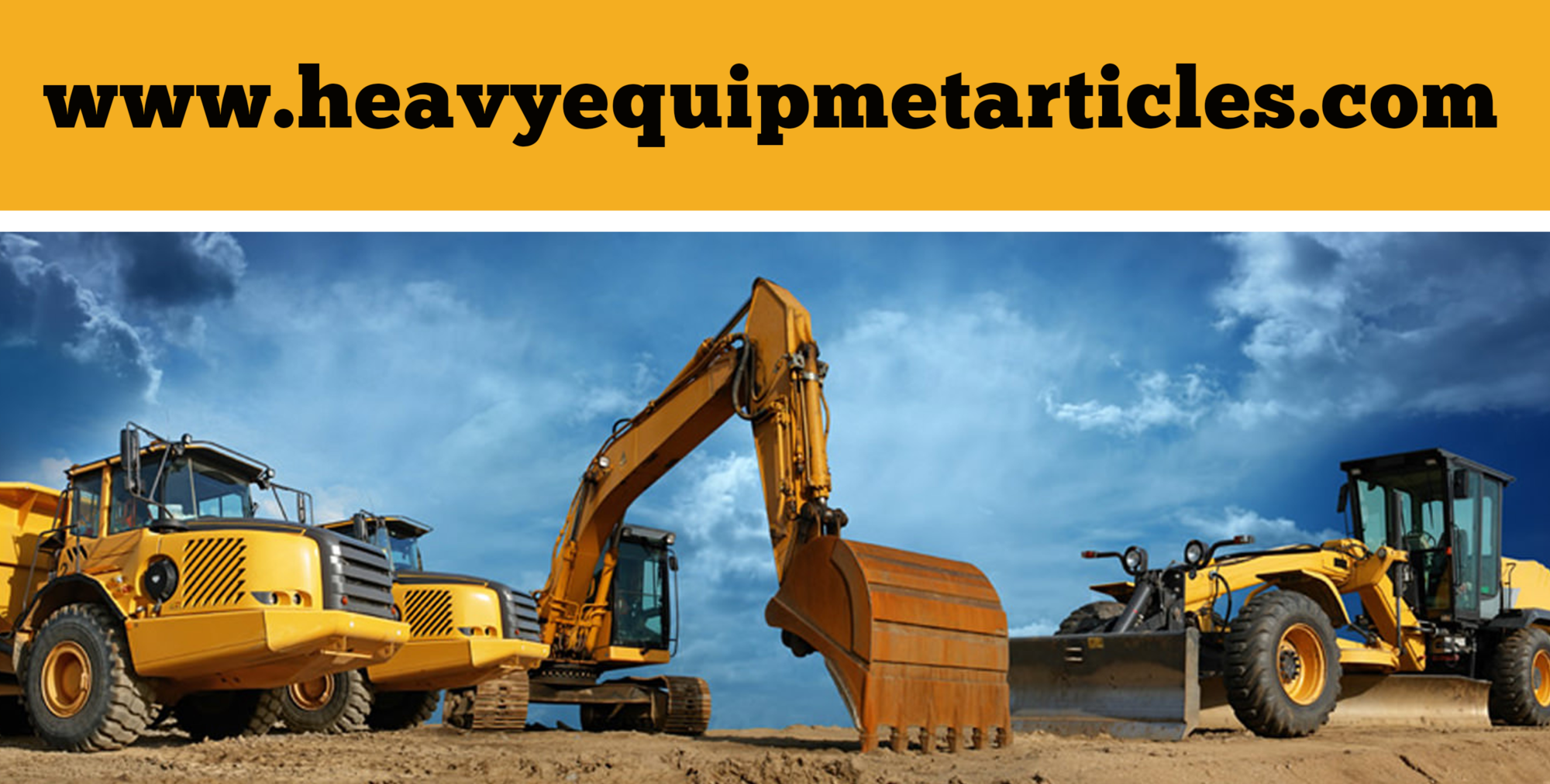What questions should I ask a heavy equipment operator?
Hiring a skilled heavy equipment operator is crucial for the success and safety of construction and industrial projects. These professionals play a pivotal role in operating and maintaining heavy machinery, ensuring the tasks are completed efficiently and without incident. To identify the most qualified candidate, it is essential to ask the right questions during the interview process. Here are some key questions to ask a heavy equipment operator:
- Can you describe your experience and qualifications as a heavy equipment operator?
This question allows the candidate to provide an overview of their relevant work history, certifications, licenses, and training. Look for operators who have a solid track record of operating the specific type of heavy equipment required for your project. - What types of heavy equipment have you operated in the past?
The candidate’s experience with different types of heavy machinery gives you insights into their versatility and adaptability. A well-rounded operator who has worked with various equipment is often better suited to handle unexpected challenges on the job. - Have you operated heavy equipment in a similar work environment or project setting?
Experience in a similar work environment, such as construction sites or industrial settings, indicates the candidate’s familiarity with the specific demands and safety protocols required in your project. - How do you ensure the safety of yourself and those around you while operating heavy equipment?
Safety is paramount in heavy equipment operation. Look for candidates who prioritize safety, use proper personal protective equipment (PPE), and follow industry-standard safety procedures. They should be aware of blind spots, practice proper signaling, and understand the importance of maintaining clear communication on the job site. - Can you explain your approach to conducting equipment inspections and maintenance?
Regular equipment inspections and maintenance are vital for preventing breakdowns and ensuring the safe operation of heavy machinery. The candidate should demonstrate knowledge of performing routine checks and identifying potential issues before they escalate. - How do you handle unforeseen challenges or emergencies while operating heavy equipment?
The ability to think on their feet and handle unexpected situations is a valuable trait in a heavy equipment operator. Look for candidates who can describe instances when they navigated difficult situations successfully and made quick, sound decisions to mitigate risks. - How do you communicate and coordinate with other team members on the job site?
Collaboration is key in any project. The candidate should be adept at effective communication with other team members, especially when working in close proximity to pedestrians, other operators, or construction workers. - Have you ever received any safety-related citations or violations while operating heavy equipment?
This question helps to identify any past safety concerns or violations that may be relevant to your project’s requirements. It also provides the candidate with an opportunity to discuss how they’ve learned from any past incidents. - Are you comfortable with learning new technologies and advancements in heavy equipment operation?
As technology evolves, heavy equipment operators must adapt to new features and innovations. Ensure the candidate is open to continuous learning and willing to update their skills as needed. - Can you provide references from previous employers or supervisors?
References are valuable in verifying the candidate’s qualifications, work ethic, and reliability. Reach out to these references to gain further insights into the candidate’s performance and character.
Selecting the right heavy equipment operator is a critical decision that can significantly impact the success of your project. By asking the right questions during the interview process, you can identify operators with the necessary skills, experience, and commitment to safety. Look for individuals who demonstrate a strong understanding of heavy equipment operation, prioritize safety, and possess the adaptability to handle various challenges that may arise on the job site. With a skilled operator at the helm, you can ensure that your heavy equipment is in capable hands and that your project will proceed efficiently and safely.

